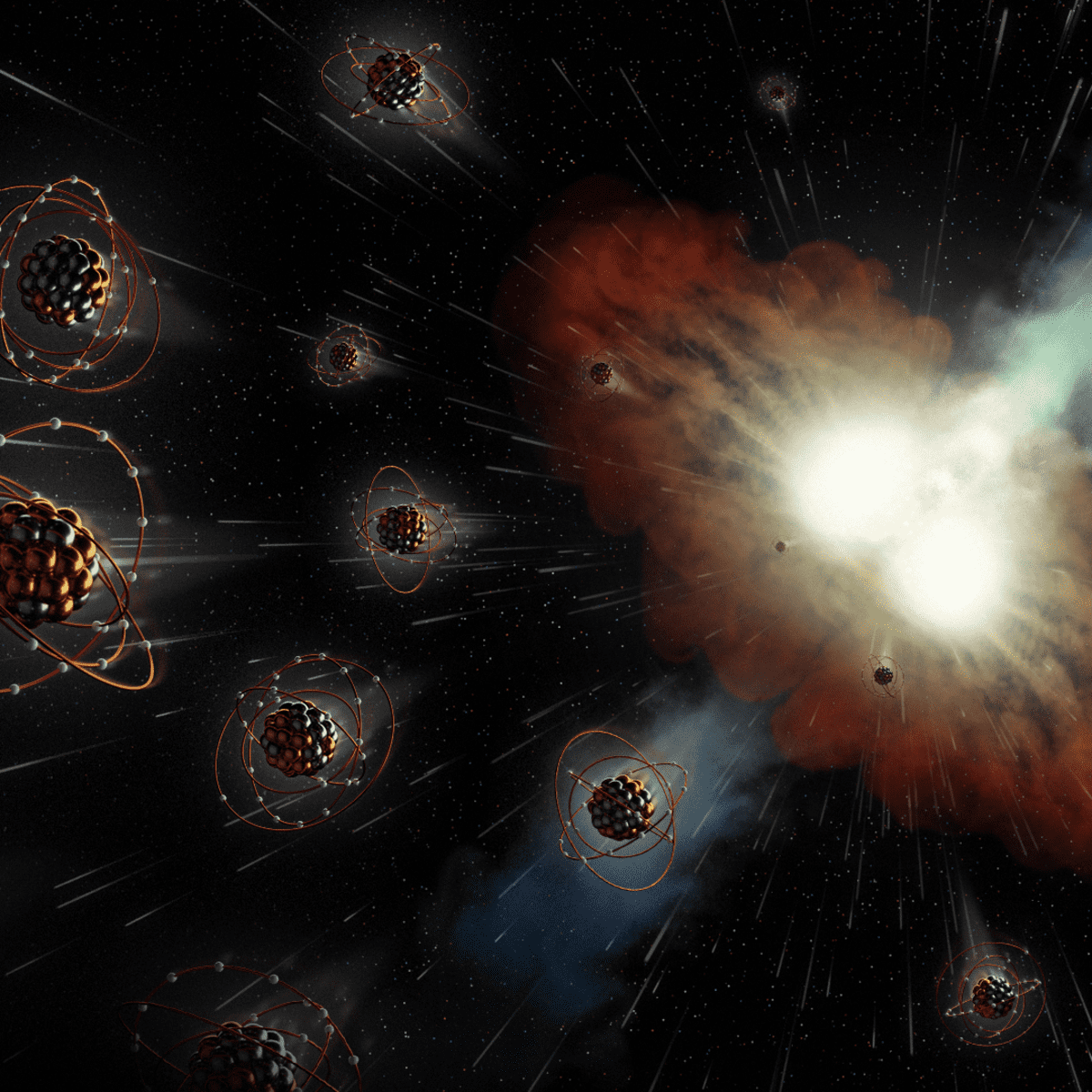The Process & Limits of Elements That can be Fused in a Star
The creation of elements by nuclear fusion in stars is called stellar nucleosynthesis. Stars convert hydrogen into a heavier element, helium, through the processes of the pp-chain and CNO cycle. When stars become hot enough, they begin to fuse heavier elements like carbon, oxygen, nitrogen, and iron. Helium nuclei fuse together in a process called the triple-alpha process to produce carbon. Oxygen is produced when nuclear fusion occurs, consuming carbon to create oxygen. Iron is the heaviest element that a star is able to create with nucleosynthesis, which is produced when the core contracts and heats up. Other elements produced by stellar nucleosynthesis include neon, magnesium, silicon, and sulfur.

The CNO Cycle
The Carbon-Nitrogen-Oxygen/CNO cycle is a process of nuclear fusion reactions that convert hydrogen into helium where carbon is required to be present to act as a catalyst. This cycle dominates in stars that are more than 1.3 times larger than the sun.
Proton-proton chain
The proton-proton chain is a nuclear fusion process where four hydrogen nuclei combine to create helium and release energy as a byproduct. This reaction dominates in stars the size of the sun or smaller.
Time Scale and HR Diagram for different sized stars
Small/medium sized stars (stars around the size of our sun) will have a lifetime of several billion years. These stars spend most of their time around the main sequence area of the HR diagram and slowly decrease in luminosity and increase in temperature before they die. Massive stars that are 10-200 times the size of our star will live for only a few hundred million years. These massive stars will spend most of their lives at the top of the HR diagram, meaning they will have a very high luminosity, spending only a short amount of their lifetime as a main sequence star. Before they die, they will decrease in tempurature quickly and then supernova.